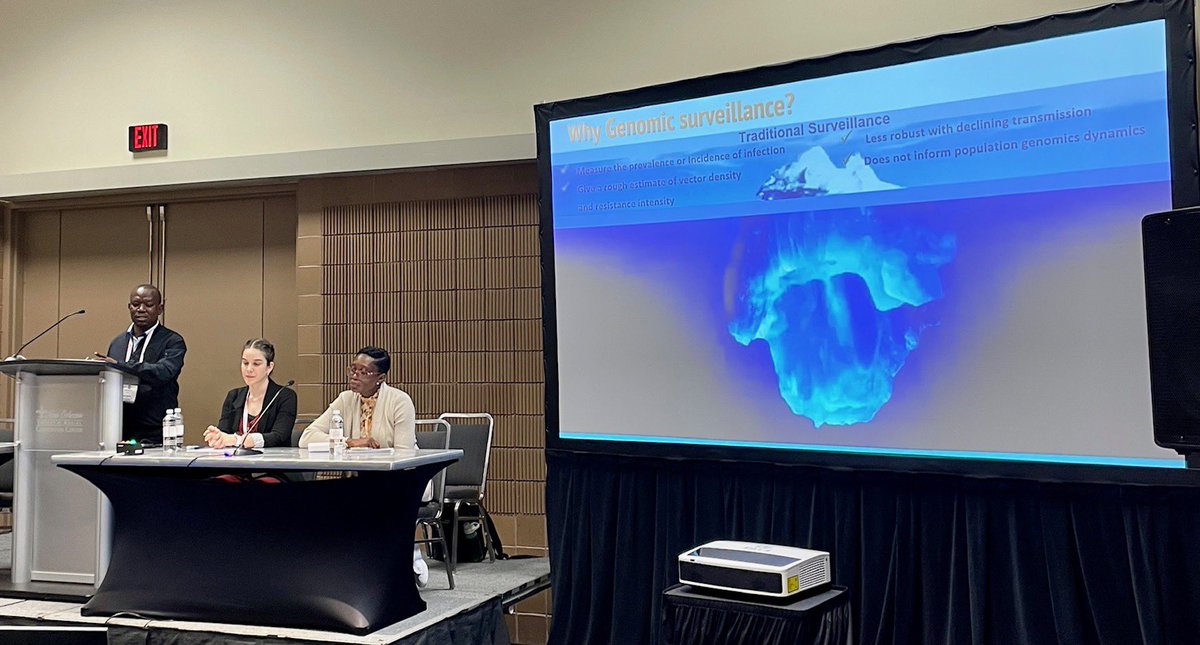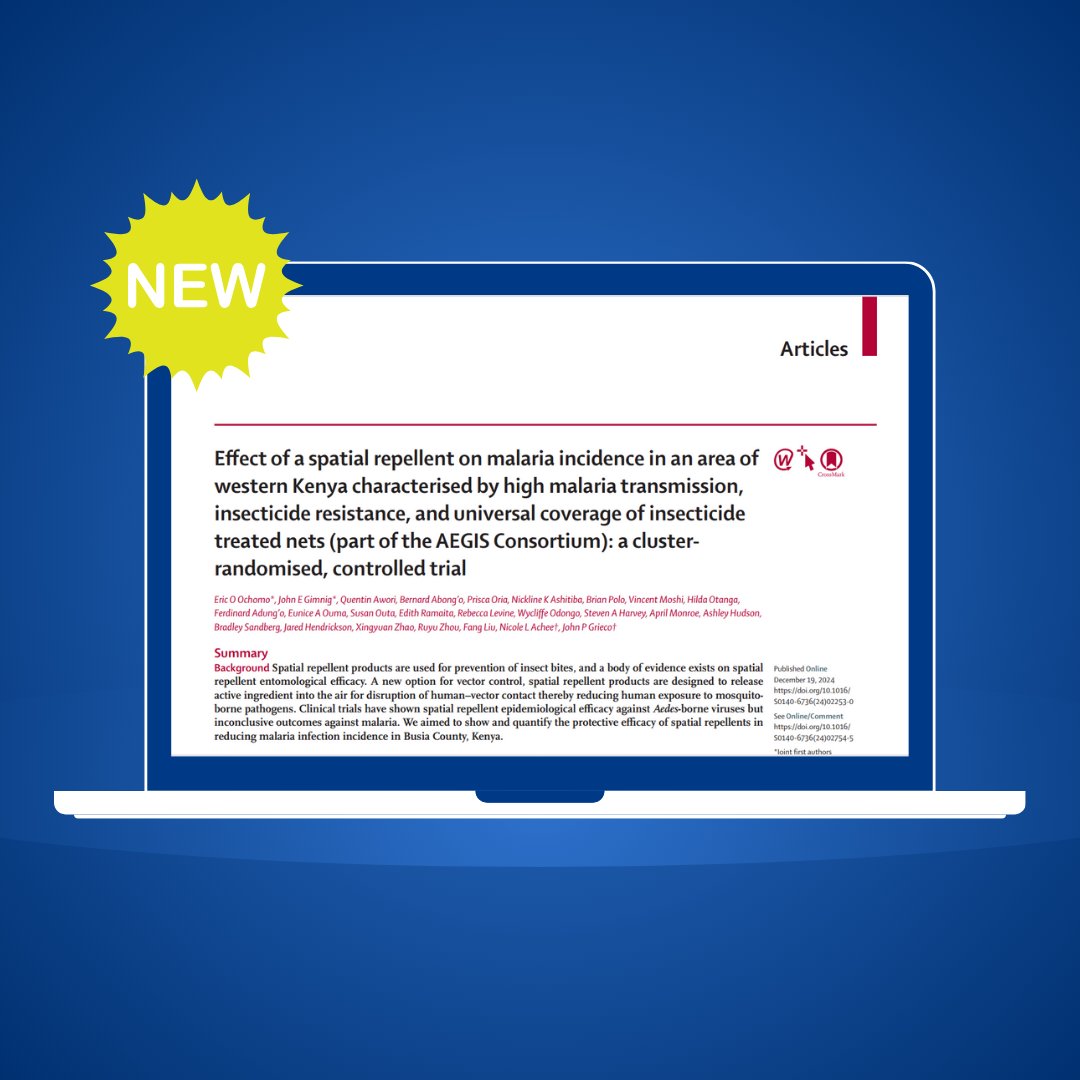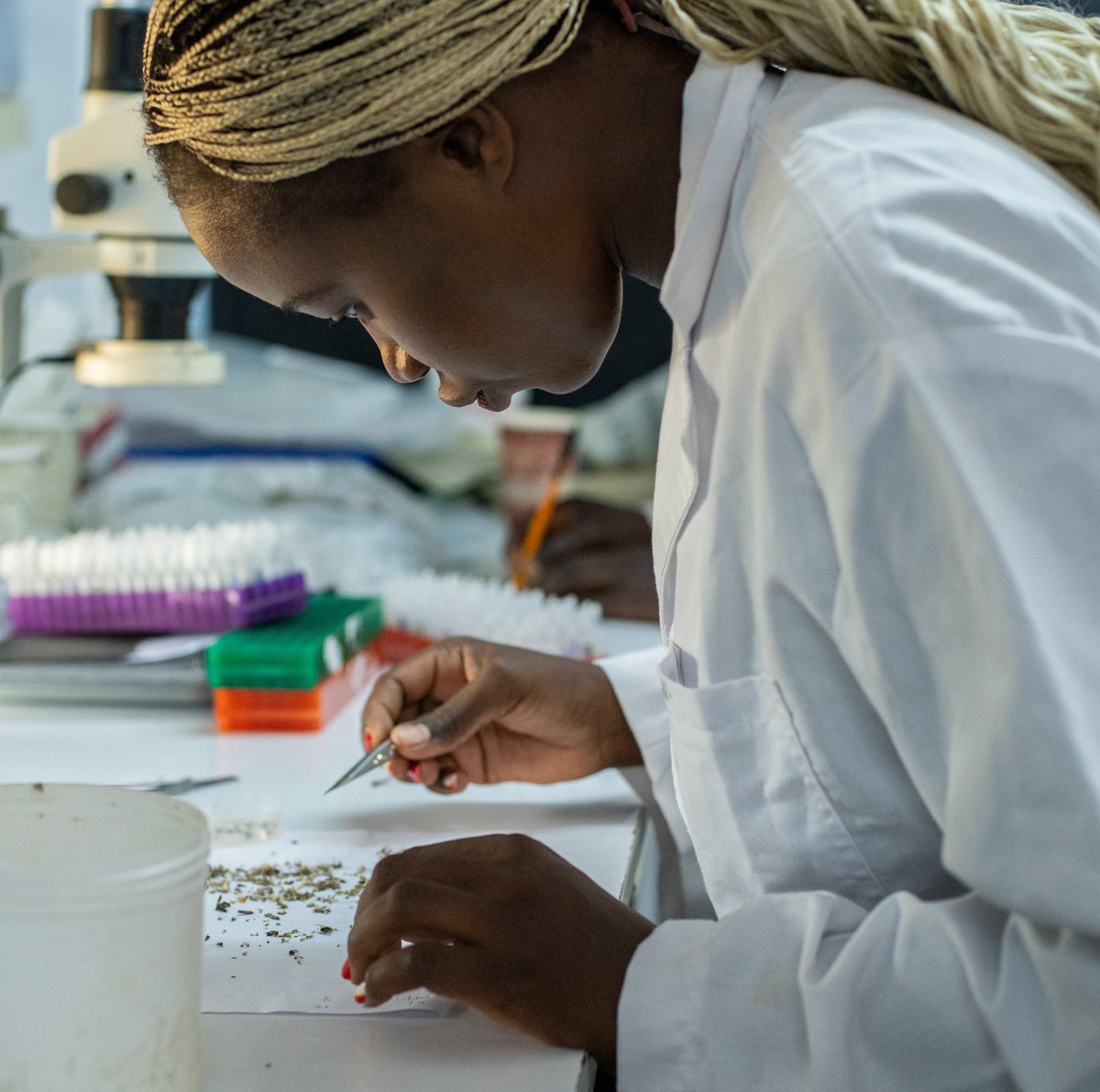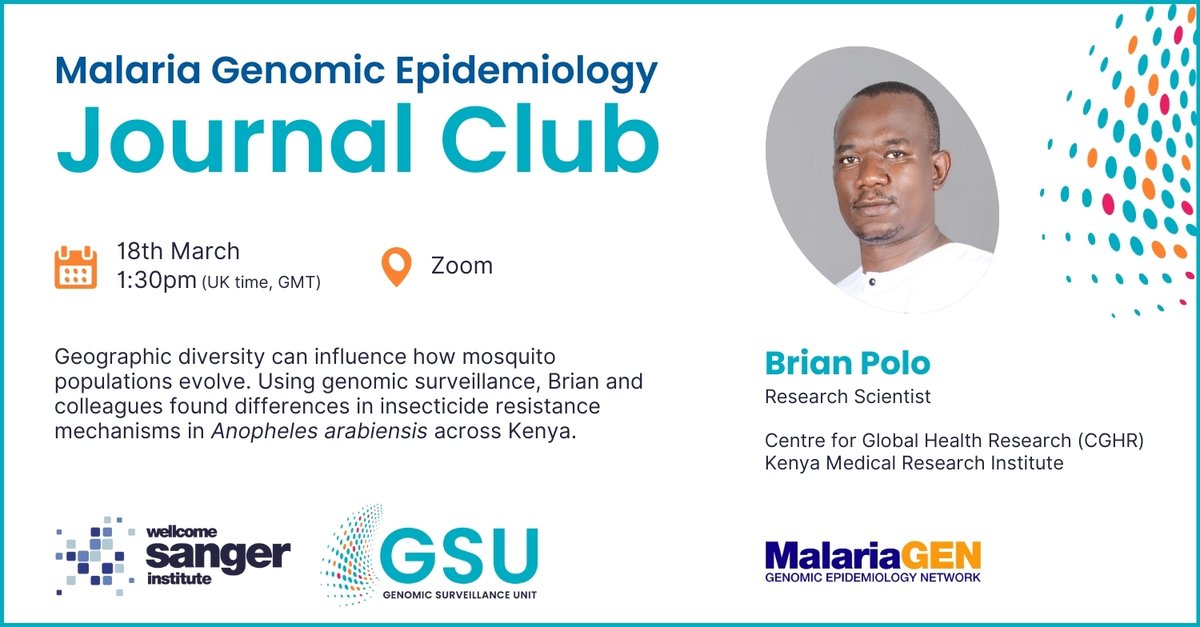
Polo Brian
@brianpolo10
ID: 900359975247204352
23-08-2017 14:12:00
96 Tweet
47 Followers
144 Following






Our work is available on ResearchGate: researchgate.net/publication/38… Analyses of whole-genome data revealed geographical population structure between the northwestern region and central-coastal Kenya, which was likely influenced by the Great Rift Valley.


Ongoing: Hall I moderated by eric ochomo - Malaria Vector Genomics Surveillance in Africa: A Pan-African-Led Initiative to Deliver an Accessible Data Platform for Research and Public Health ASTMH #tropmed Kenya Medical Research Institute

By Polo Brian 8300 - Genomic evaluation reveals a strong population structure of Anopheles funestus collected in Coast and Lake malaria endemic region in Kenya Kenya Medical Research Institute ASTMH #TropMed24


Ongoing eric ochomo ; Evaluation of the protective efficacy of a spatial repellent to reduce malaria incidence in children in western Kenya compared to placebo: outcomes from a cluster-randomized double-blinded control trial Unitaid AEGIS ASTMH Kenya Medical Research Institute #TropMed24

Each year millions of people become infected with malaria. A spatial repellent reduced malaria transmission by one-third, according to new AEGIS Unitaid University of Notre Dame research in collaboration with eric ochomo of Kenya Medical Research Institute. research.nd.edu/news-and-event…



Spatial repellent, the latest innovation in malaria control, is making strides! A new CDC-supported study unveiled its ability to reduce first-time & overall malaria infections by one-third. Read more in The Lancet: bit.ly/3DD7eGw. Kenya Medical Research Institute University of Notre Dame @NDEckInstitute



Could a simple, low-cost device that hangs on a wall lead to reduced malaria transmission? A University of Notre Dame study showed that a spatial repellent can have transformational outcomes on malaria infections. A new video spotlights the paths that can follow. youtube.com/watch?v=--DzhQ…




In our recent article, we describe insensitivity to spatial repellents as associated with target site mutations and molecular markers. We recommend that in areas where SRs are deployed, routine monitoring should be done: doi.org/10.12688/verix… eric ochomo, Kenya Medical Research Institute




